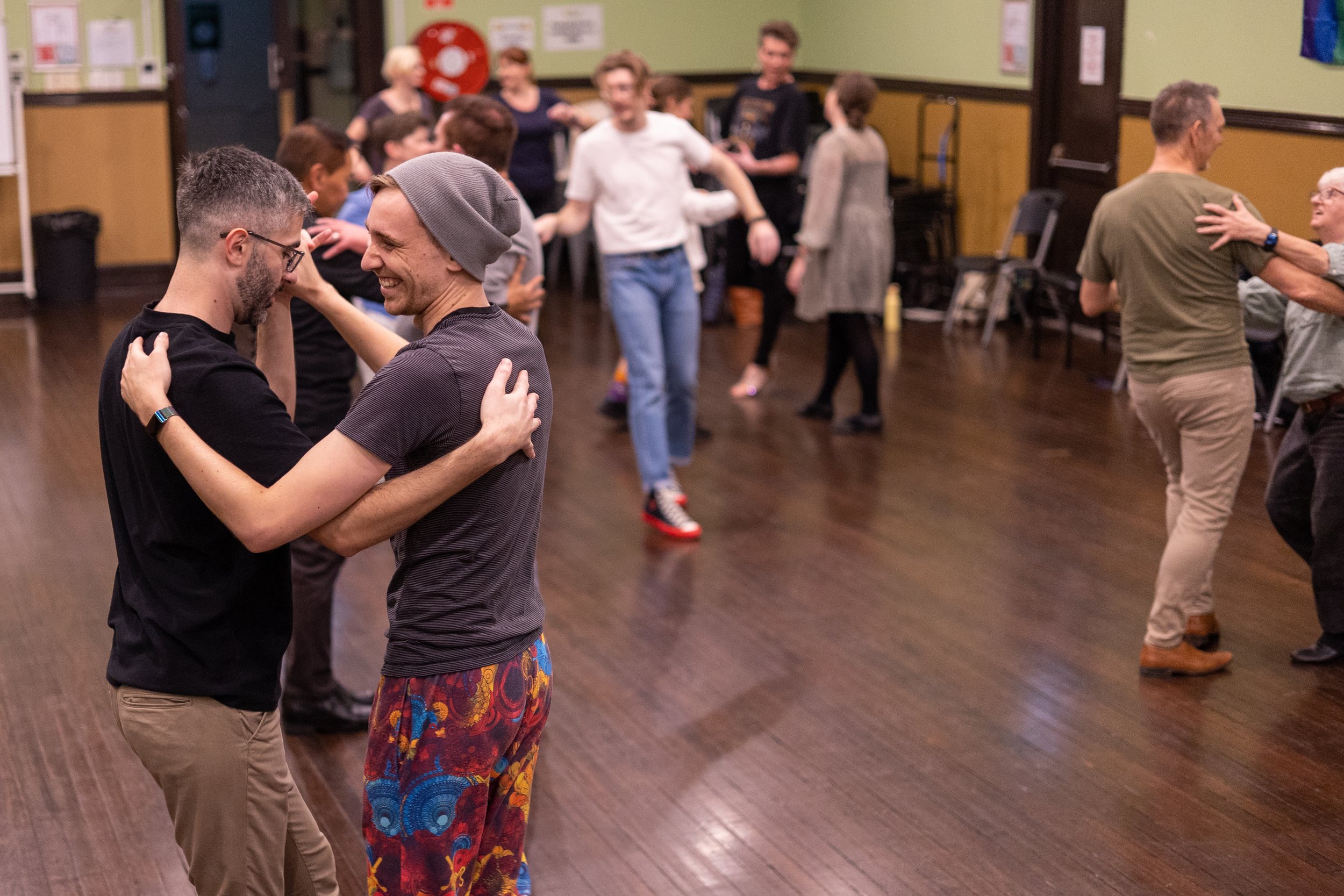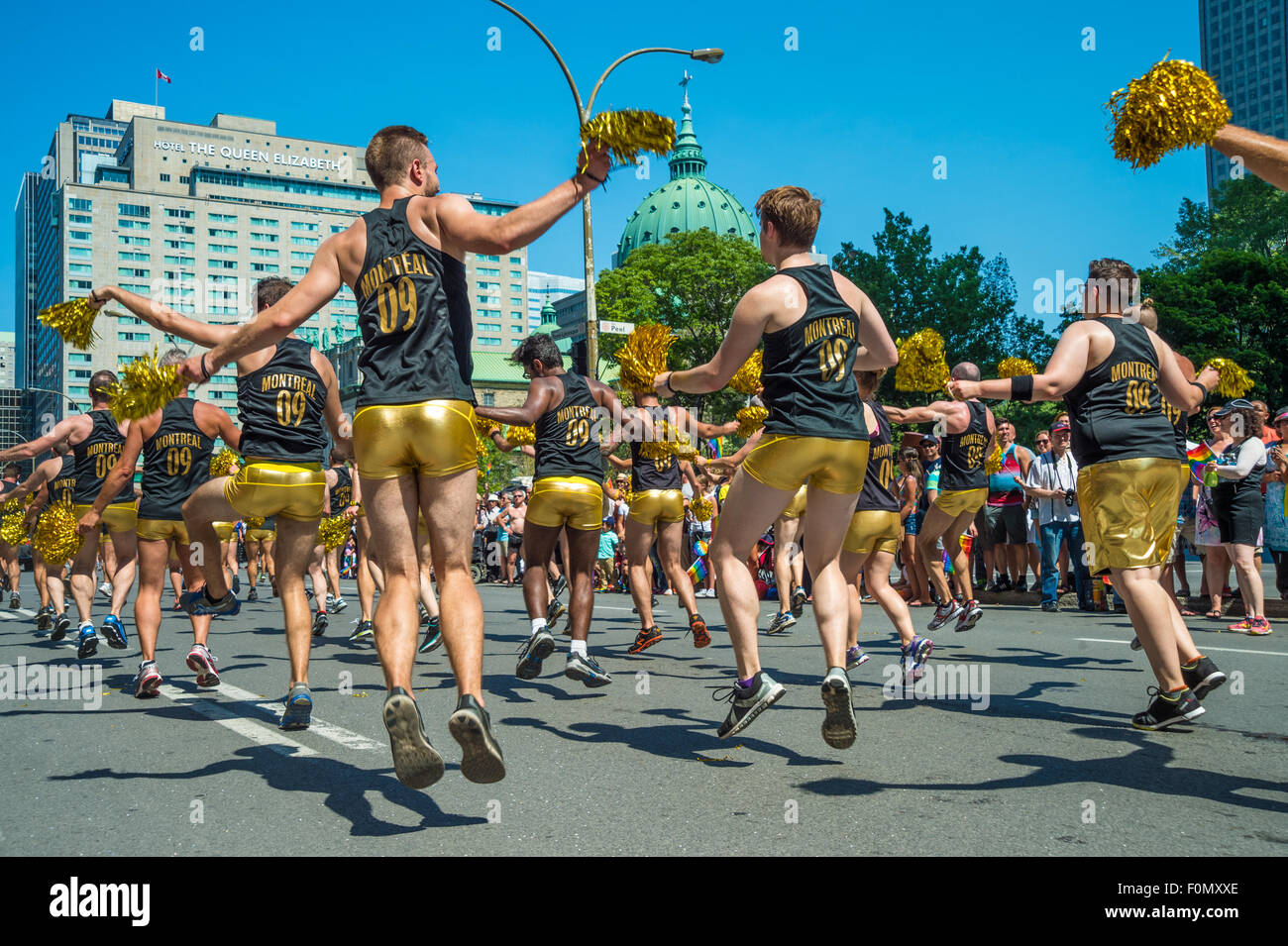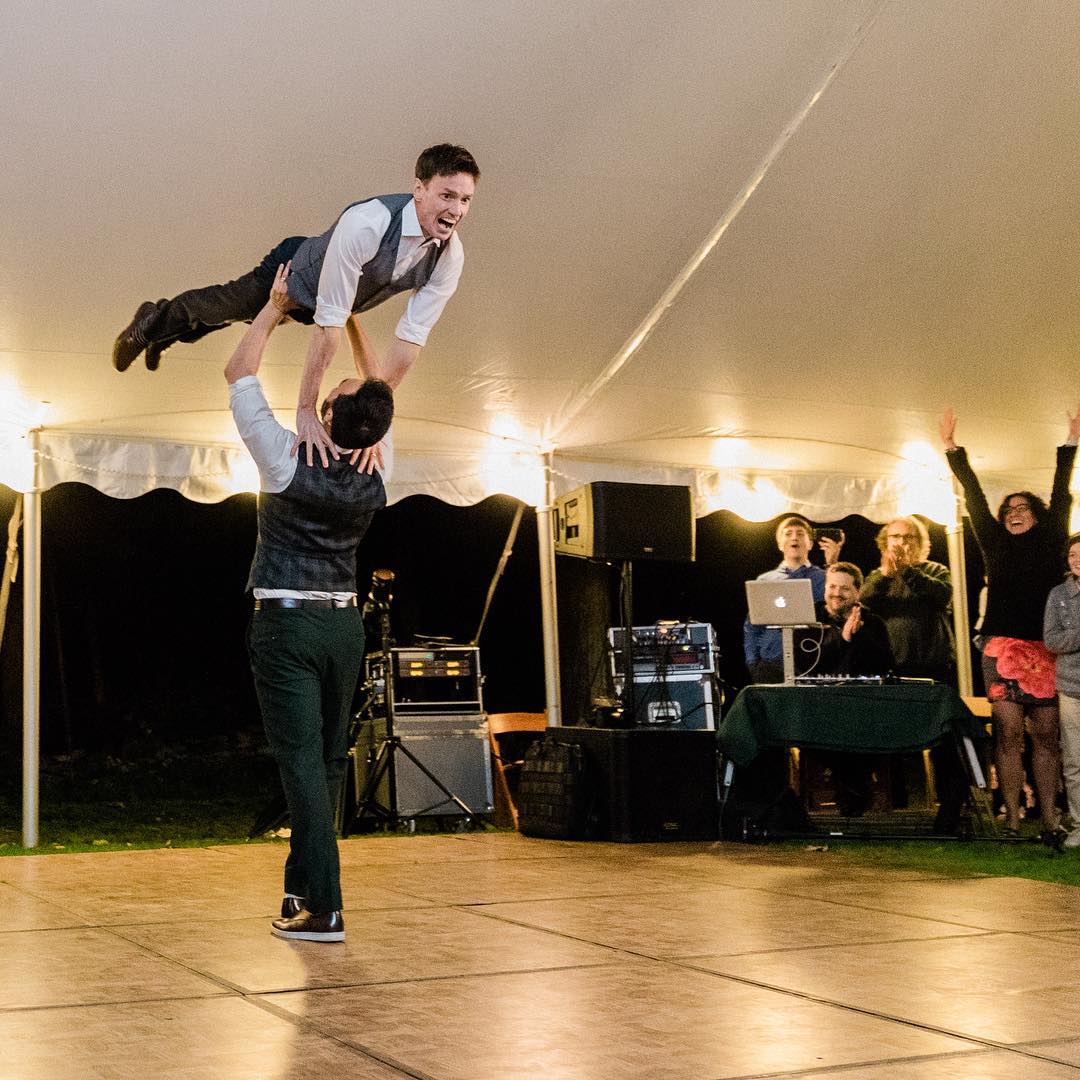Can a dance floor truly be a sanctuary, a place where identity is celebrated and love finds its rhythm? For the LGBTQ+ community, dance spaces have long served as havens, offering refuge, connection, and a vibrant expression of self.
From the pulsating heart of Montreal's gay village, where a sprawling bar and club complex reigns supreme, to the intimate embrace of a neighbourhood gay bar in Astoria, the allure of dance is undeniable. These spaces, often brimming with an energetic atmosphere and a friendly crowd, are more than just venues; they are vital ecosystems of support and celebration. They are where friendships are forged, romances blossom, and the spirit of community thrives. The appeal extends beyond the music, encompassing the shared experience of letting loose, of finding solace, and of dancing freely in a world that doesn't always understand or accept.
The evolution of dance spaces within the LGBTQ+ community is intertwined with the fight for acceptance and equality. What began as clandestine gatherings in the face of societal prejudice has blossomed into a diverse and dynamic landscape, encompassing everything from the high-energy beats of a mega-club to the structured grace of a dance class. The rise of social media and the digital age has further amplified the voices of this community, allowing individuals to connect with each other, share their experiences, and find solace and belonging. These venues aren't just about entertainment; they're about building community and celebrating the right to be yourself.
Consider the sentiment of a dancer, "the next day i was watching dancers take class at lincoln center, onstage at the koch theater, and it hit me that i wanted to use this platform to highlight true gay love." This statement, capturing the essence of a movement, highlights how dance has provided a platform for genuine human expression, a chance to showcase the beauty and the multifaceted narratives of love within the LGBTQ+ community.
The article's mention of dance classes for the queer community, highlighting them as safe spaces for queer individuals and allies, demonstrates the transformative impact of dance in providing a sense of belonging. Dance creates a shared language of movement, providing an outlet for self-expression and fostering community through fun and supportive environments. Whether it is salsa, swing, or ballroom dance, these classes provide a supportive environment where individuals can learn, move freely, and celebrate their identities.
In the heart of West Hollywood, a gay dance club, "The Chapel," is a sister venue to the famed Abbey. Across the country, in various locales, a gay bar transforms nightly into one of the best and most popular gay nightclubs, a testament to the community's enduring spirit and its vibrant nightlife.
In a landscape where inclusivity is paramount, the emphasis on curated dance experiences and music selections underscores the importance of creating an environment where all are welcome to be authentic. The choice of music, from the dance party hits to classic covers, is carefully selected to appeal to varied tastes and provide a unifying experience for all attending. DJ's often play a vital role, setting the mood, providing energy, and catering to the desires of the crowd.
Here is a table that covers some of the mentioned locations and types of venues mentioned in the article, alongside their unique characteristics:
| Venue Type | Location | Key Features |
|---|---|---|
| Bar and Gay Club Complex | Montreal's Gay Village | Downstairs pub, 2 restaurants, 4 rooms of music, roof terrace, hot tub, spa. |
| Neighbourhood Gay Bar | Astoria | Energetic atmosphere, good music, friendly crowd. |
| Gay Dance Club | West Hollywood (WeHo) - The Chapel | Sister venue of The Abbey, vibrant dance environment. |
| Gay Nightclub | Los Angeles (Specific Venue Undefined) | Packed floors, amazing DJs, owned by an LA icon. |
| Dance Classes | Various locations (implicitly) | Salsa, swing, ballroom, latin, country, and wedding dance classes for LGBTQ+ folks and friends |
The importance of the dance floor isn't only about the party itself; it's also about the community's role in providing a safe and supportive environment. Such establishments contribute to the social and emotional well-being of the people they serve, and these spaces often play a significant role in fostering self-acceptance and community support. They provide a setting where people can feel seen, heard, and appreciated for who they are. It is a space for the free expression of love, pride, and identity. These spaces represent an essential cultural cornerstone for their communities.
In March, dance instructors led a gay guy intro to popstar dance class featuring Ricky Martin's "Livin' la Vida Loca" in New York City. This kind of community initiative serves to foster community, celebrate pride, and encourage self-expression through dance. These classes provide a safe and supportive environment for the queer community and their allies, creating an inclusive experience where participants can build confidence, develop friendships, and strengthen their ties with the community.
For couples in the LGBTQ+ community, the choice of their first dance song is a vital and personal decision. It symbolizes the beginning of their journey together, reflecting their individual style, music preferences, and personality. The selection process often includes a wide range of genres, from party anthems to intimate covers. This symbolizes a shared history, making the first dance a memorable celebration of the couple's love and commitment.


